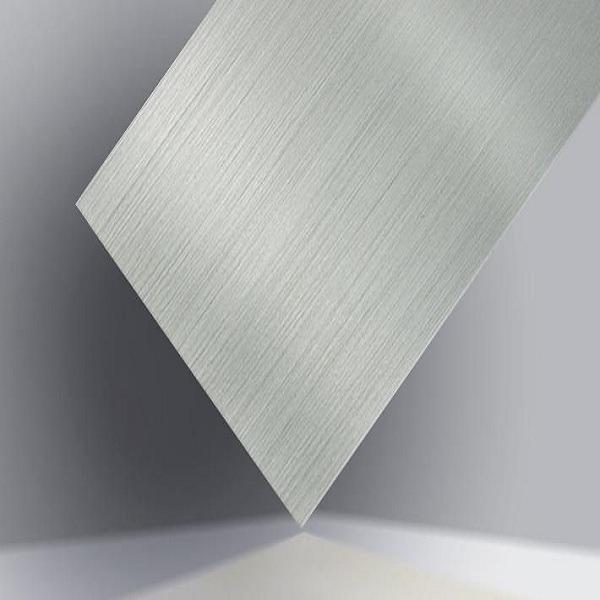Anodized CNC machined button guards and knobs are control elements typically made from aluminum alloy 6061 that have undergone two key processes:
- CNC Machining:This creates the physical shape of the button guard or knob using a computer-controlled machine. The machine precisely removes material from a solid block of aluminum to achieve the desired design.
- Anodizing: This is a surface treatment process that creates a thin oxide layer on the aluminum. The process involves submerging the machined part in an electrolytic bath and passing an electric current through it. This transforms the aluminum surface into a harder, more corrosion-resistant layer.
Here are the benefits of using anodized CNC machined button guards and knobs:
- Durability: The anodizing process creates a hard, protective layer that makes the knobs and guards more resistant to scratches, wear, and tear. This is especially important for frequently used buttons or those exposed to harsh environments.
- Corrosion resistance: Anodizing improves the aluminum's natural corrosion resistance, making the parts more suitable for humid or wet environments.
- Improved Aesthetics:Anodizing allows for a wider variety of colors and finishes compared to raw aluminum. This can enhance the visual appeal of the knobs and guards and potentially match the overall design of the equipment they're used on.
- Non-conductive (optional): Depending on the specific anodizing process, the oxide layer can be non-conductive. This can be beneficial for applications where electrical conductivity is not desired for the buttons or knobs.
Overall, anodized CNC machined button guards and knobs offer a combination of functionality, durability, and aesthetics, making them a popular choice for various applications requiring high-quality controls.

